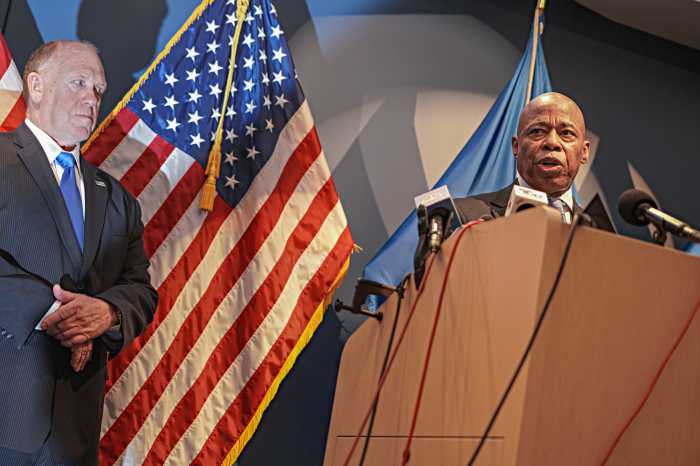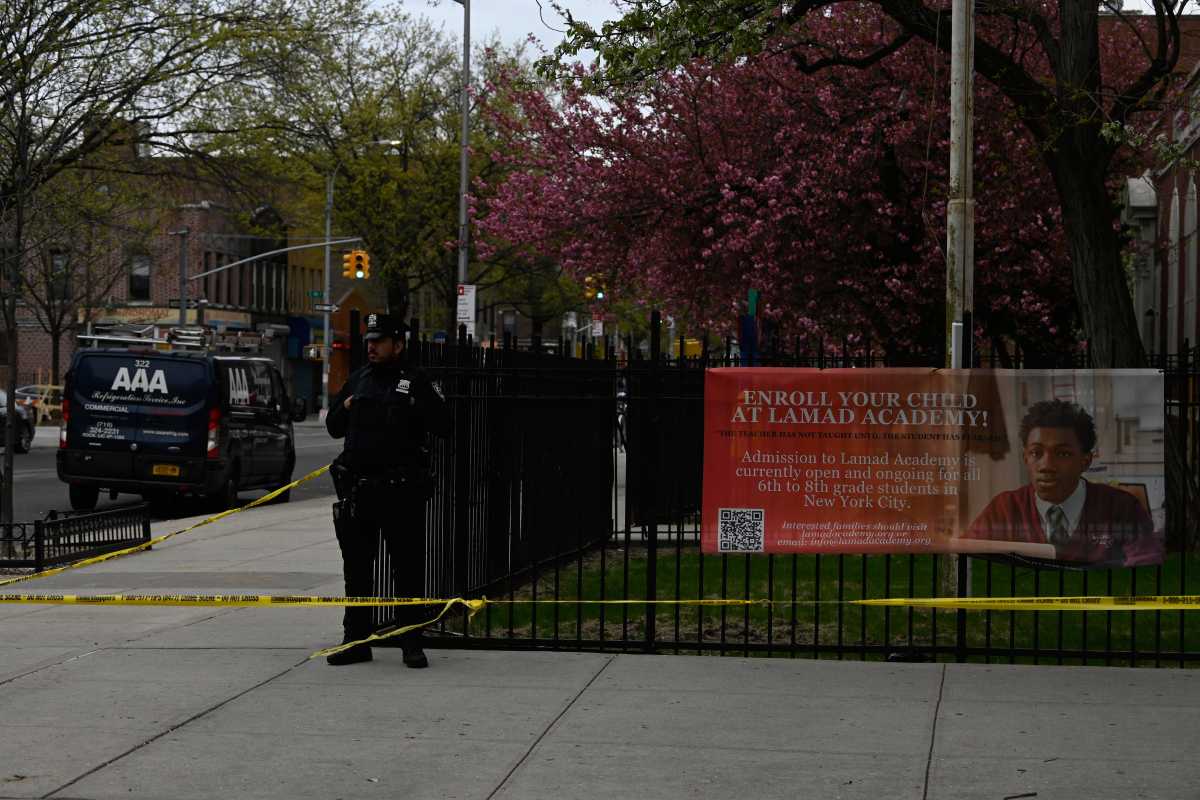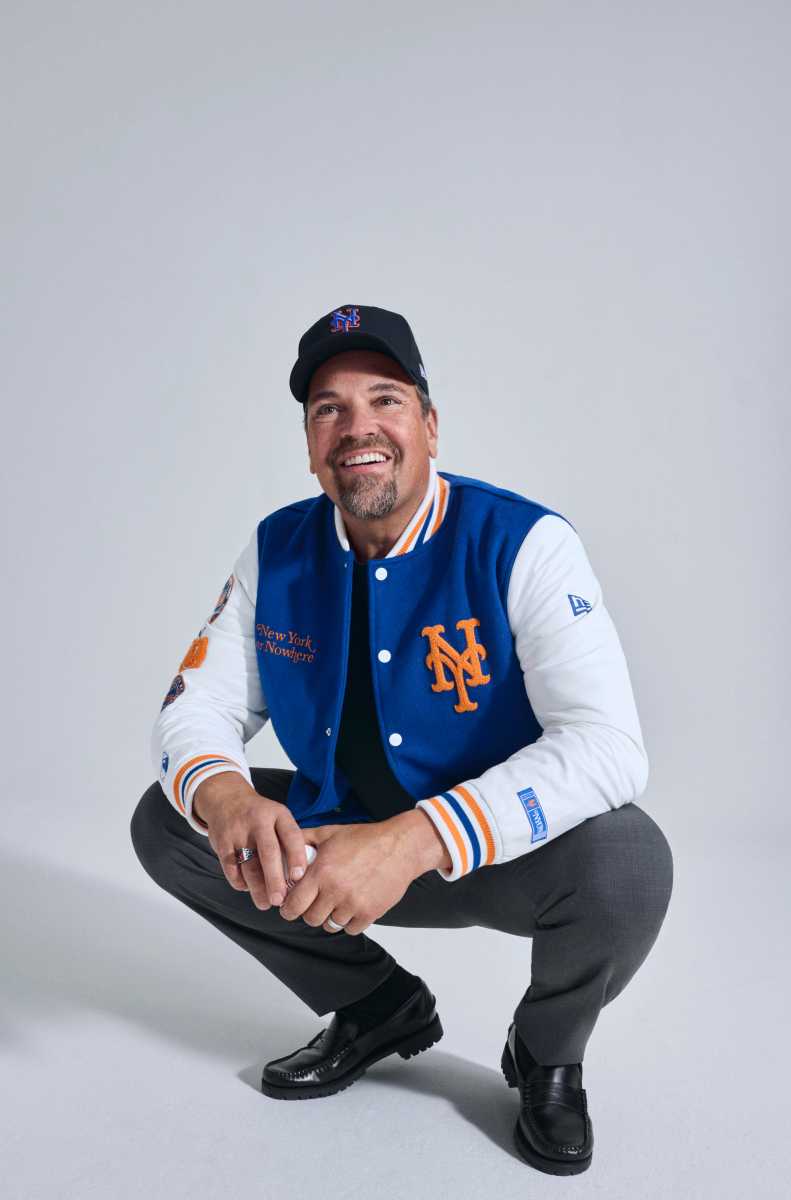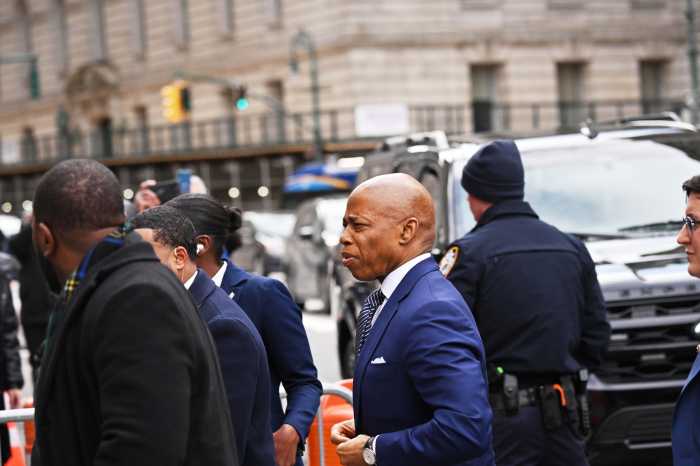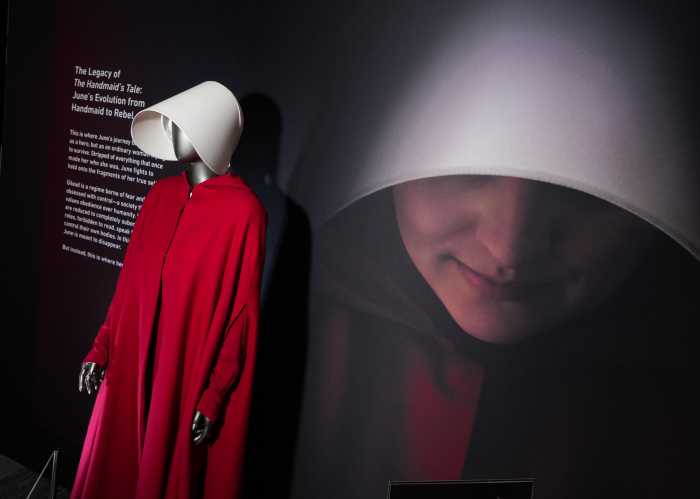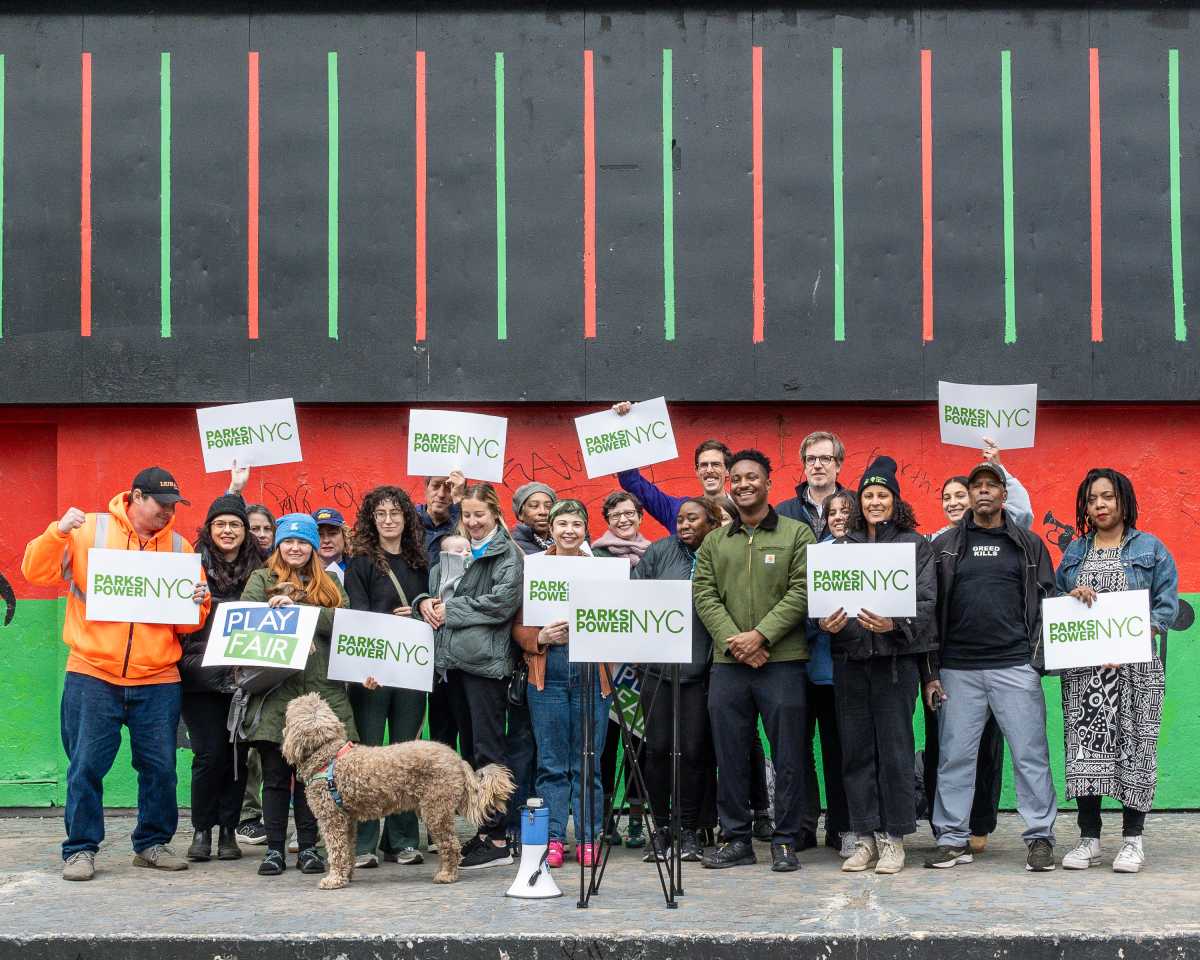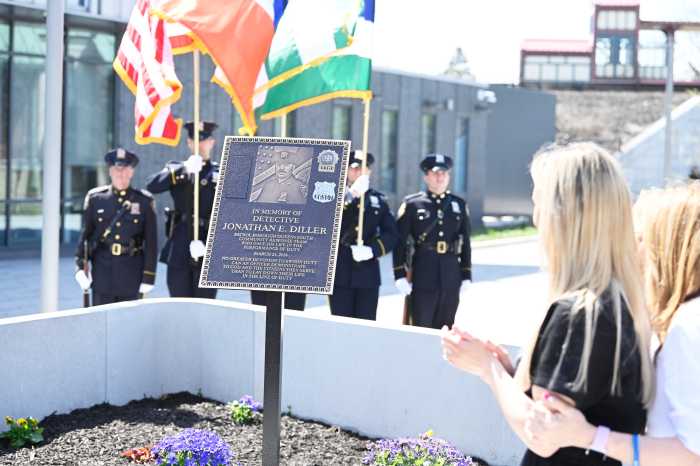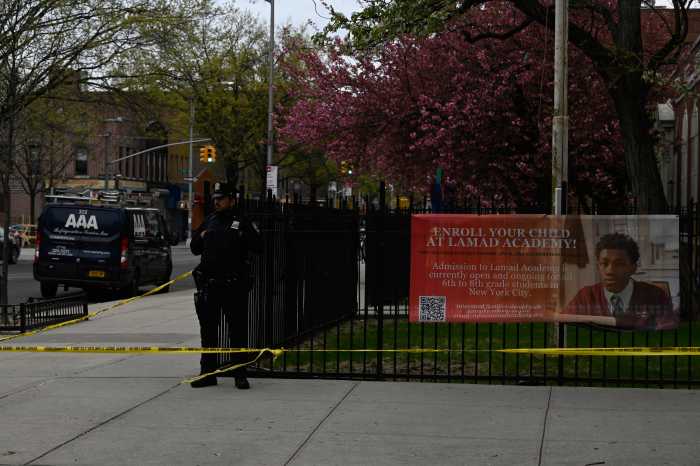Santiago Paredes did everything he had to do to get his daughter to school — even when that meant leaving the shelter they were living in at 4:30 a.m. to walk her to the school three neighborhoods away.
Paredes and his 12-year-old daughter, Alexis, were living in a homeless shelter in Park Slope, but her school was in Williamsburg. For nearly three months, a bus didn’t come for Alexis. Determined to maintain consistency in her education, Paredes had to figure out how to get her to school each morning.
“Sometimes I walked, sometimes I took the bus, sometimes the train,” he said in a phone interview. Walking was the last resort, but they made the trek three times.
“We walked and walked and walked, and it was horrible,” he recalled. “She cried even, having to walk that far, but we had to do it.”
Alexis is just one of thousands of grade-school students in the city lacking permanent housing. One in every 10, or about 111,500, were homeless at some point during the 2016-2017 school year, a 6 percent increase from the year before when about 105,400 identified as homeless, according to data released in October.
“The number of homeless students in New York City is twice the size of the Boston Public School system,” said Randi Levine, policy director of Advocates for Children of New York, which put out the report.
The data includes students living in shelters or other temporary housing, such as in a hotel or “doubled up” with family or friends.
For students in shelters in the 2015-2016 school year, nearly 62 percent were chronically absent, or missed 18 or more school days. By comparison, over the same time period about 24 percent of students in permanent housing were chronically absent, the Independent Budget Office found.
Students in temporary housing often have to switch schools when their home situation changes, said Christine Quinn, former City Council speaker and current CEO of Women in Need. The Department of Homeless Services tries to place families in shelters that are close to the youngest child’s school, but that is not always possible because of “constraints in shelter capacity,” DHS Administrator Joslyn Carter said in testimony to City Council in October.
Because students have to get used to new routines, teachers and peers when they start a new school, their performance can suffer, Levine said.
“Students perform better when they stay in their schools,” she said.
According to Advocates for Children, “15 percent of third through eighth grade students living in shelters scored proficiently in reading and only 12 percent scored proficiently in math” in the 2015-2016 school year. Overall, 40.6 percent of third- through eighth-graders in the city scored proficiently in English and 37.8 percent scored proficiently in math, according to the Department of Education.
For Alexis, not going to school wasn’t an option, despite the challenges she and her dad faced. Paredes said they had moved into a shelter in July 2016 after they could no longer live with a relative. Alexis only had one year left at the school she was attending in Williamsburg, and Paredes didn’t want her to have to start at a new one.
The challenges of getting to school, coupled with living in a shelter for the first time were hard for Alexis, her dad said. “She wouldn’t eat sometimes, she wouldn’t talk sometimes … she was backed up with her work.”
After several phone calls with the DHS during the first three months Paredes was living in a shelter, a bus started coming to the Park Slope shelter to pick up and drop off Alexis every day and she has had that service since, even when they moved to another shelter in Crown Heights.
Transportation to school or adjusting to a new school are just some of the factors contributing to the challenges homeless students face.
“The life of a homeless child is by definition one of trauma and disruption,” Quinn said. “You live in a place that’s not your home, it doesn’t have your possessions, you may have had to leave a pet behind.”
Quinn advocates for increased supplemental options for engaging homeless students, like the after-school program School’s Out NYC, and for “trauma-informed care” at city shelters, explaining that counselors need to be trained specifically in how to help children who have suffered trauma.
“The focus of the city is based on the needs and the challenges of the adults,” Quinn said. “The children are not really the focus. That needs to change.”
Advocates for Children of New York and Public Advocate Letitia James have also made recommendations to better support homeless students, including putting additional social workers at schools, monitoring attendance more closely and increasing funding for schools with high percentages of homeless students.
“It is imperative that the City start by revising funding for high-need schools, hiring additional staff, and providing educational continuity and resources to ensure these children get the education they deserve,” James said in a statement.
The city has hired at least 180 Client Care Coordinators, who are licensed social workers, to help families in shelters, Carter said in the testimony to City Council.
“Client Care Coordinators work to enhance the delivery and coordination of services to families with children in shelter, which includes identifying and responding to the needs of students,” Carter said.
Paredes agrees there should be more professionals both at schools and shelters, to support and talk with students.
“We don’t have that here. We don’t have anyone,” he said. “I had to be the mother, the father, the counselor.”



